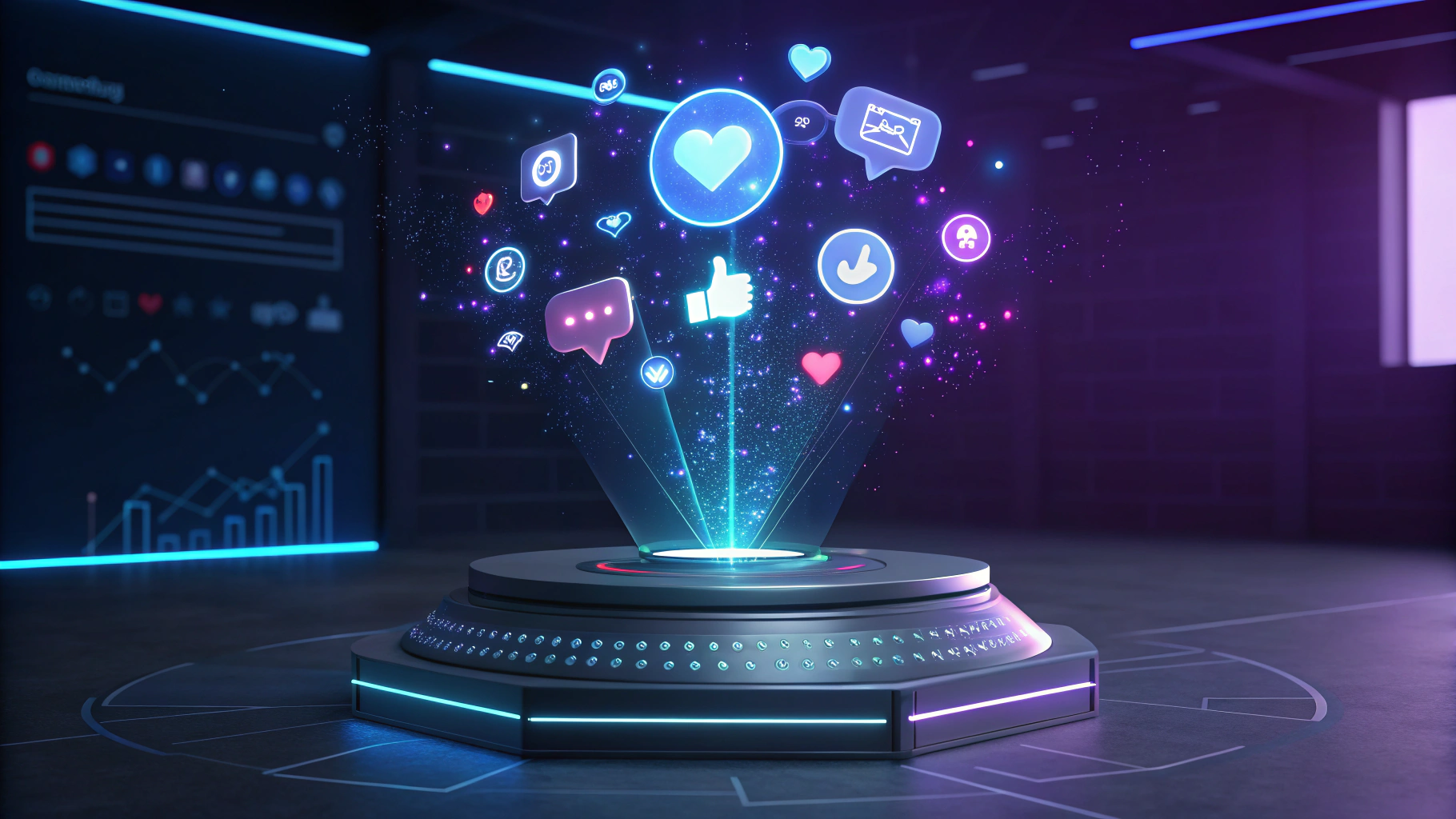
How to Use Holographic Content for Next-Gen Social Media Engagement in 2025
Why Holographic Content is the Future of Social Media
Holographic content is revolutionizing social media by offering immersive, interactive experiences that captivate audiences. Unlike traditional 2D posts, holograms create a sense of presence and depth, making them ideal for storytelling, product showcases, and live events. Brands like Gucci and Nike have already leveraged holographic ads to boost engagement by 300%+. In 2025, platforms like Instagram and TikTok are integrating AR and hologram tools, making this technology accessible to creators of all sizes.
Key Benefits of Holographic Content
- Higher Engagement: 3D visuals capture attention 5x longer than static posts.
- Memorable Experiences: Users interact with content, increasing brand recall.
- Versatility: Works for tutorials, virtual try-ons, and live Q&A sessions.
How to Create Holographic Content Without a Big Budget
You don’t need Hollywood-level resources to experiment with holograms. Tools like Adobe Aero and Lens Studio allow creators to design simple holographic effects using smartphones. Here’s how to get started:
Low-Cost Hologram Creation Steps
- Use AR filters on Instagram or Snapchat for basic holographic overlays.
- Record 360-degree product videos with apps like Matterport.
- Repurpose existing 3D models from platforms like Sketchfab.
Best Platforms for Sharing Holographic Content in 2025
Not all social platforms support holograms equally. Focus on these top performers:
Instagram & Facebook
Meta’s Spark AR enables holographic filters and effects, perfect for interactive stories and reels.
TikTok
Its Effect House tool lets creators build holographic challenges and branded effects.
Snapchat
Pioneer in AR lenses—ideal for try-on experiences and location-based holograms.
Case Study: How Sephora Boosted Sales with Holographic Try-Ons
Sephora’s Virtual Artist feature uses holographic tech to let users test makeup in real-time. Results:
- +200% increase in time spent on app
- 11% higher conversion rate vs. static images
Takeaway: Apply holograms to solve customer pain points (e.g., "Will this product look good on me?").
Interactive Holograms: Engage Your Audience in Real Time
Static holograms are cool, but interactive ones drive participation. Examples:
Live Holographic Q&A
Host a 3D avatar answering questions during a product launch (see K-pop group aespa’s virtual concerts).
Gamified Holograms
Create scavenger hunts where users unlock holographic rewards at physical locations.
Measuring the Success of Your Holographic Campaigns
Track these metrics to optimize performance:
- Interaction Rate: How many users engage with the hologram?
- Dwell Time: Average time spent interacting.
- Conversion Lift: Sales or sign-ups attributed to the experience.
Ethical Considerations for Holographic Content
As with any emerging tech, transparency matters:
- Clearly label synthetic content (e.g., "This is a holographic simulation").
- Avoid deepfake misuse—maintain authenticity.
- Prioritize accessibility (e.g., audio descriptions for visually impaired users).
Conclusion: Start Small, Think Big
Holographic content is no longer sci-fi—it’s a 2025 must-have for cutting-edge engagement. Begin with simple AR filters, analyze performance, and scale up. Ready to stand out? Experiment with one holographic post this week and tag your results with #HologramMarketing!